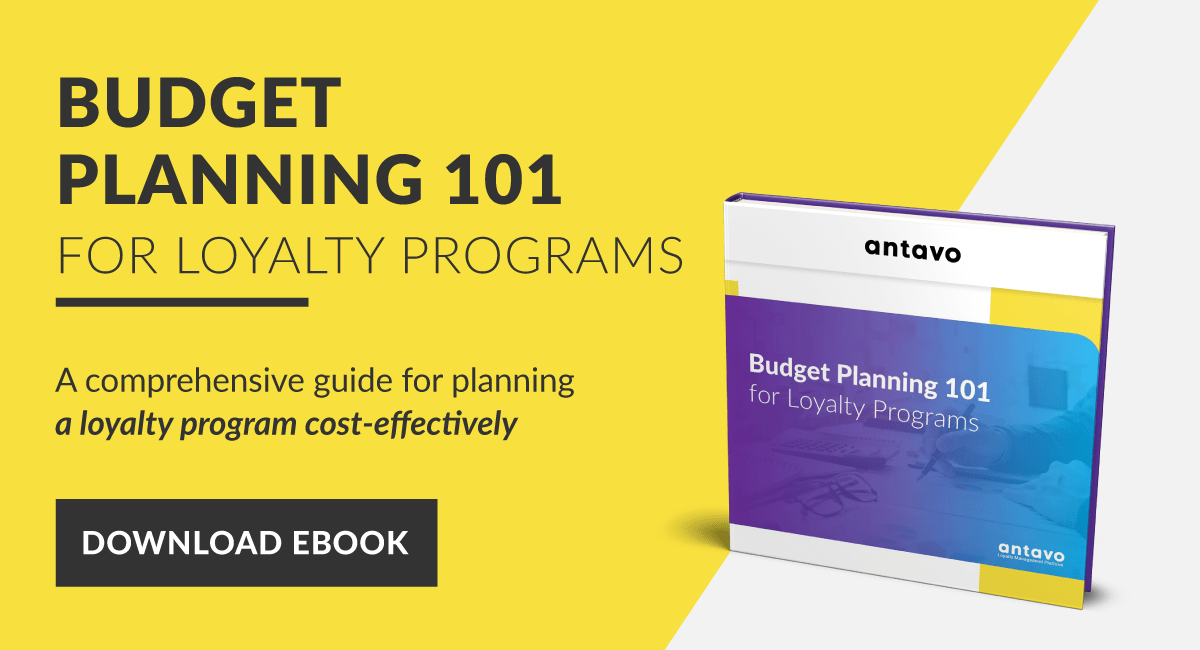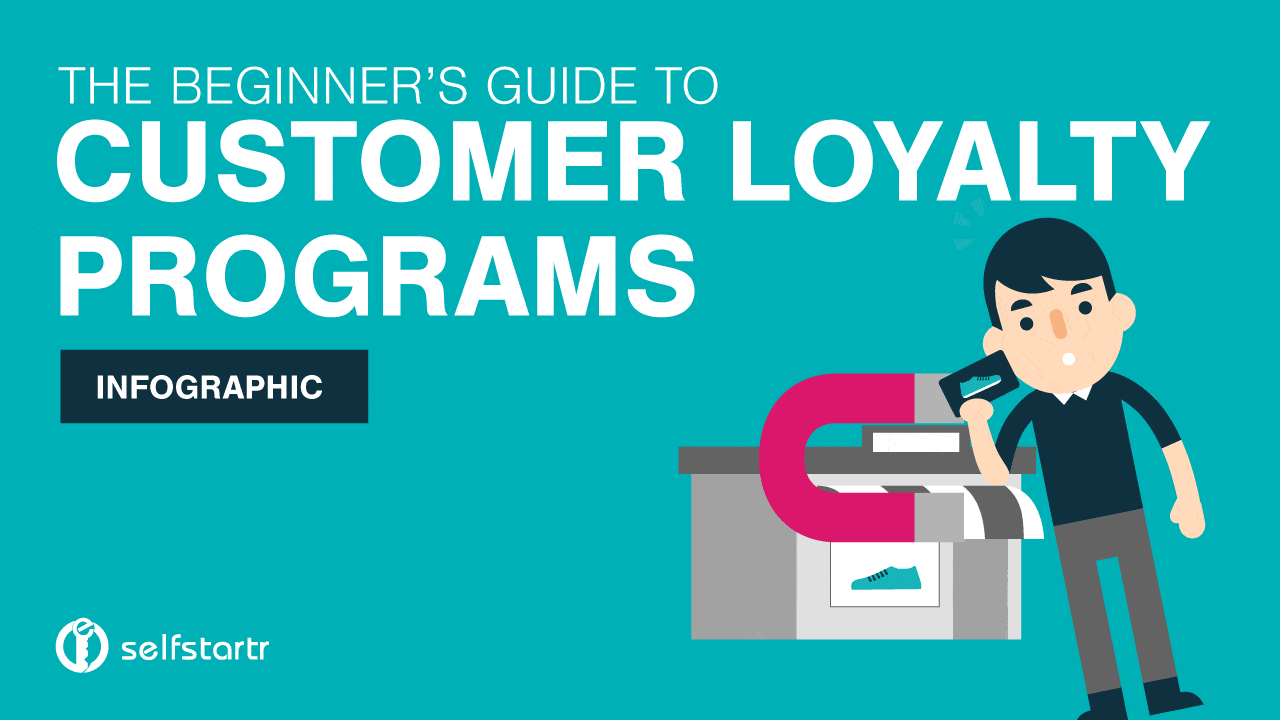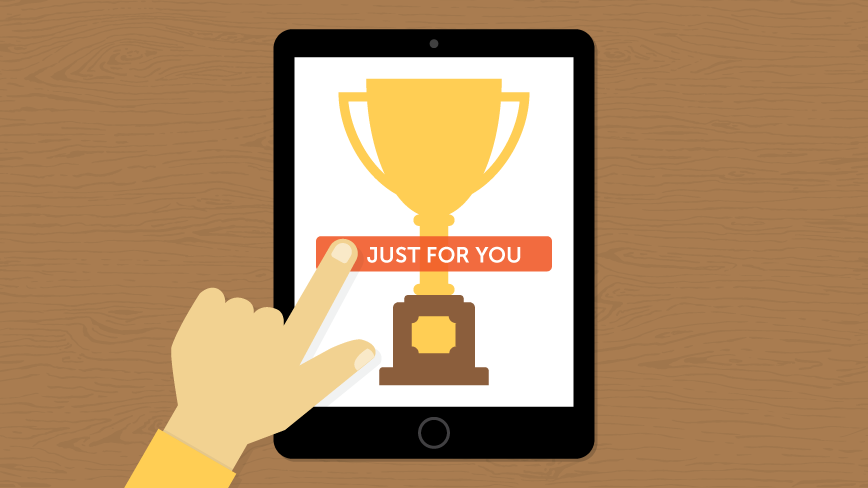All Categories
Featured
Table of Contents
In Burnsville, MN, Elisha Ewing and Ishaan Washington Learned About Loyal Customers

What if you could grow your organization without increasing your spending? In reality, what if you could in fact reduce your spending however increase your sales, year after year? Would you do it? If you're a company owner, then you'll likely offer a definite 'yes', an easy response to an even simpler question.
A rewards program tracks and benefits certain spending behavior by the customer, supplying special benefits to faithful customers who continue to patronize a particular brand. The more that the client invests in the shop, the more benefits they get. Over time, this reward constructs devoted customers out of an existing client base.

Even if you already have a reward program in location, it's a great concept to dig in and completely understand what makes customer commitment programs work, as well as how to implement one that costs you little money and time. Don't fret, I'll help you with that. I'll break down the main benefits of a loyalty program and the finest methods to produce devoted consumers.
Let's dig in. Client commitment is when a client returns to work with your brand name over your competitors and is largely influenced by the positive experiences that the client has with your brand name. The more positive the experience, the most likely they will return to go shopping with you. Customer commitment is extremely essential to services since it will help you grow your organization and sales faster than an easy marketing strategy that focuses on hiring new consumers alone.
A couple of ways to determine client commitment include:. NPS tools either send a brand performance survey through e-mail or ask clients for feedback while they are checking out an organization's website. This information can then be utilized to better comprehend the likelihood of consumer loyalty. A repurchase ratio determines the ratio of repeat purchasers versus one-time purchasers.
Client loyalty index (CLI). The CLI tracks client loyalty gradually and resembles an NPS study. However, it takes into account a couple of additional aspects on top of NPS like upselling and repurchasing. These metrics are then utilized to examine brand commitment. A client loyalty program is a marketing method that rewards customers who make purchases and engage with the brand name on a continued basis.
Customer benefits programs are designed to incentivize future purchases. This encourages them to continue doing organization with your brand. Customer commitment programs can be established in various ways. A popular consumer loyalty program rewards customers through a points system, which can then be spent on future purchases. Another type of consumer commitment program might reward them with member-exclusive advantages or free gifts, or it may even reward them by contributing money to a charity that you and your clients are mutually passionate about.
In Fairburn, GA, Bentley Clay and Daniela Burke Learned About Gift Guides
By providing rewards to your clients for being faithful and encouraging, you'll construct a connection with them, deepening their relationship with your brand name and hopefully making it less most likely for them to change to a competitor. You've most likely seen client commitment programs in your own shopping experience, whether at your favorite cafes or your most frequented supermarket.
However even if everybody is doing it does not indicate that's a sufficient factor for you to do it too. The much better you comprehend the advantages of a client rewards program, the more clearness you will have as you develop one for your own store. You will not be sidetracked by exciting benefits and complicated commitment points systems.
Remember: work smarter, not harder. Client retention is the main advantage of a rewards program that works as a foundation to all of the other advantages. As you offer incentives for your existing consumer base to continue to buy from your store, you will supply your shop with a steady circulation of money month after month.
By growing your retention rate, you can stop investing as much time or money on increasing your general variety of consumers. Why is this essential? Devoted clients have a higher conversion rate than new customers, suggesting they are more most likely to make a transaction when they visit your store than a brand-new client.
By increasing your retention rate by only 5 percent, you can increase your profits by 25 percent and as much as by 95 percent. Needless to say, your retention rate matters. Key Takeaway: If you want to substantially increase your earnings, offer incentives for your existing clients to continue to patronize your store.
And you won't need to invest money on marketing to get them there. Customer acquisition (aka bringing in new customers) takes a great deal of effort and cash to persuade total strangers to trust your brand, concerned your shop, and try your products. In the end, any money made by this new consumer is overshadowed by all of the cash invested in getting them there.
Secret Takeaway: If you desire to reduce costs, focus on consumer retention instead of customer acquisition. When you focus on supplying a positive customized experience for your existing customers, they will naturally inform their loved ones about your brand name. And with each subsequent deal, faithful clients will tell much more individuals per transaction.
In 17325, Quinton Lara and Natalya Barajas Learned About Customer Loyalty
The very best part? Since these brand-new clients came from trusted sources, they are more likely to develop into faithful customers themselves, investing more typically than brand-new consumers generated by other marketing efforts. The Chase Ultimate Benefits program, for example, provides major benefits for individuals who take a trip a lot.
The 'ultimate benefits' that Chase cardholders receive include 2x points per dollar spent on all travel purchases as well as main rental car insurance, no foreign deal fees, trip cancellation insurance coverage, and purchase protection. For people who travel a lotand have non reusable income to do sothere is a massive incentive to invest cash through the ultimate benefits program.
This whole procedure makes redeeming rewards something worth extoling, which is precisely what many cardholders end up doing. And to assist them do it, Chase uses a bonus for that too. Key Takeaway: Make it easy for your clients to extol you and they will get the word out about your buy totally free.
When you get the essentials down, then utilizing a commitment rewards app can help look after the technical information. Here are the steps to get begun with developing your consumer commitment program. No customer desires to buy products they do not want or need. The very same goes for your loyalty program.
And the only way to tailor an alluring client loyalty program is by totally understanding your customer base. The best way to do this? By implementing these strategies: Build client contact information anywhere possible. Guarantee your company is continuously constructing a comprehensive contact list that permits you to access existing clients as typically and as easily as possible.

Track customer behavior. Know what your customers desire and when they desire it. In doing so, you can expect their wants and requires and provide them with a loyalty program that will satisfy them. Categorize customer personal characteristics and choices. Take a multi-faceted approach, don't limit your loyalty program to just one opportunity of success.
Encourage social media engagement. Frame strategies to engage with your customers and target market on social networks. They will quickly supply you with extremely insightful feedback on your product or services, enabling you to much better comprehend what they expect from your brand. As soon as you have exercised who your clients are and why they are working with your brand, it's time to decide which kind of commitment benefits program will motivate them to remain loyal to you.
In 11003, Laila Nelson and Kash Vasquez Learned About Marketing Efforts
Nevertheless, the most common consumer loyalty programs centralize around these primary ideas: The points program. This kind of program concentrates on fulfilling clients for every purchase they make with points in a point system. These points can then either be used on future purchases or put towards some type of benefit.
The paid program. This kind of program requires consumers to pay a one-time or annual charge to join your VIP list. Loyalty members who come from this list are able to access special rewards or member-exclusive benefits. The charity program. This kind of program is a little various than the others.
This is attained by encouraging them to do business with the brand name and, in return, their commitment will be rewarded with a contribution to a charity. The tier program. This kind of program concentrates on increasing levels of brand name loyalty. The more loyal a consumer is to a brand, the greater tier they will climb up to and the much better the benefits they will receive.
This kind of program is simply as it sounds, where one brand name partners with another brand to supply their cumulative audiences with exclusive member discounts or deals that they can redeem while working with either brand name. The community program. This type of program incentivizes brand commitment by supplying its members with access to a similar neighborhood of individuals.
This kind of program is fairly similar to paid programs, however, the membership cost occurs regularly rather than a one-time payment. Next, select which client interactions you 'd like to reward. Base these rewards around which interactions benefit your business the many. For example, to help your service out, you can provide action-based rewards like these: Reward clients more when working with your brand throughout a sluggish period of the year or on an infamously sluggish day of organization.
Reward customers for engaging with your brand on social networks. Incentivize particular products you are trying to move rapidly. Incentivize purchases that are over a particular dollar amount. The concept is to make your consumer commitment program as easy as possible for your customers to use. If your consumer loyalty program isn't personnel friendly, isn't easy to track, is too pricey to run, or isn't easy for your clients to utilize or understand, then staff and consumers alike most likely won't benefit from it.
To remove these barriers to entry, consider integrating a customer loyalty software that will help you keep top of all of these aspects of your program. Some quality consumer program software include:. CandyBar is a digital punch card program. It works by tracking your customer's purchases through an app on a computer, phone, or tablet.
In Absecon, NJ, Iris Browning and Kolby Nixon Learned About Gift Guides
Commitment members can then examine their rewards via text message and company owner can use the program to call their consumers. Yotpo. Yotpo is a cloud-based customer commitment platform solely for eCommerce businesses. This software application is especially excellent at gathering every type of user-generated material, practical for customizing a better customer experience.
Loopy Loyalty is a handy client commitment software for organizations that predominantly utilize Google Wallet or Apple Pay as their payment platforms. The software application produces a digital loyalty card that sends push alerts to their consumers' phones when they are in close proximity to their traditional shop. When you've made the effort to decide which customer commitment techniques you are going to implement, it's time to start promoting and signing up your first commitment members.
Use in-store ads, incorporate call-to-actions on your website, send out promos by means of e-mail newsletters, or upload advertising posts on social networks to get your customers to join. It is very important to comprehend the primary advantages of a customer rewards program so that you can produce an individualized experience for both you and your client.
Think about it. You understand what kinds of items your consumers like to buy but do you understand what brings them back, day after day, week after week? What makes them choose your shop over the store throughout the street? What makes them your consumer and not the customer of your biggest rival? Remarkably, the responses to these questions don't boil down to discount costs or quality items.
Latest Posts
Responsive Design Best Practices - Google Search Central Tips and Tricks:
Web Design - Uci Division Of Continuing Education Tips and Tricks:
Website Builders Near Me Frederick MD